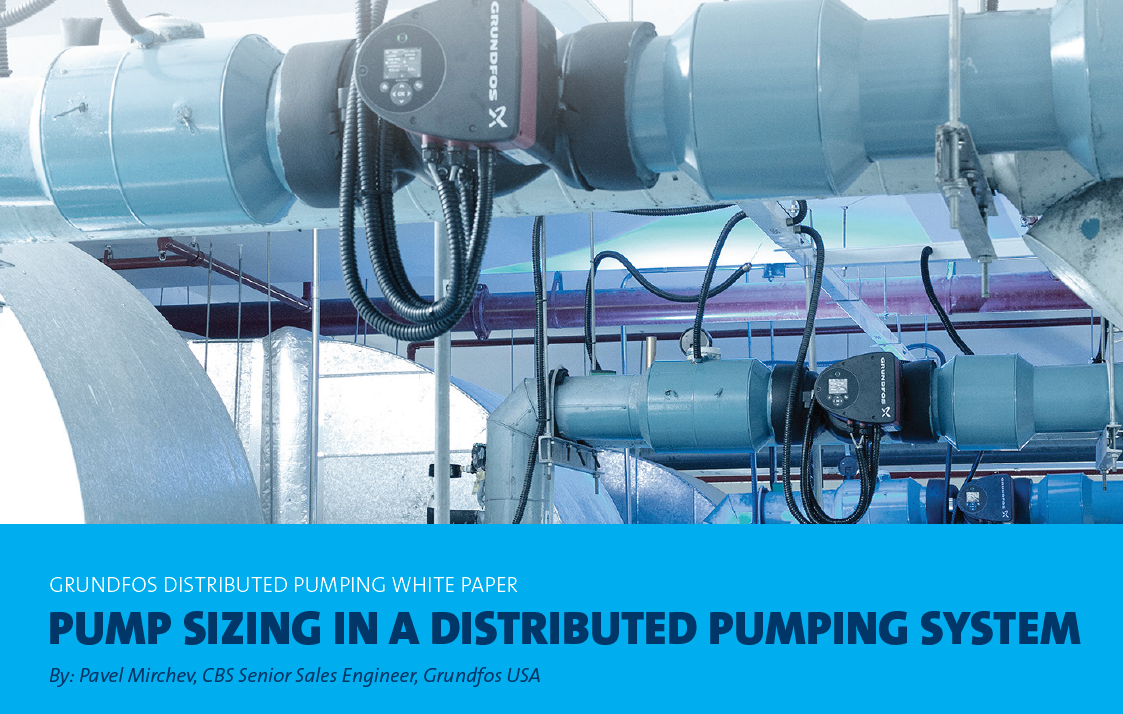Pump Sizing in a Distributed Pumping System

This paper will provide insight on how to properly size pumps in a distributed network, as well as addressing some of the most common questions and selection pitfalls. The focus systems of this paper are chilled water, but the same theories will apply for hydronic heating, as well.


